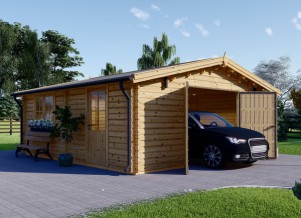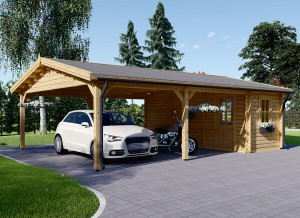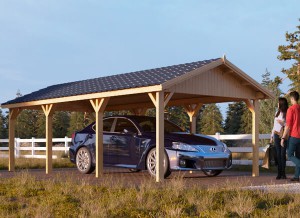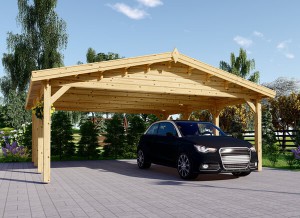Tomatoes are undoubtedly one of the most popular crops to grow. However, that doesn’t mean they are easy. Whether it’s your first or fifteenth time growing, there are always new things to learn. In fact, that’s why we put this together.
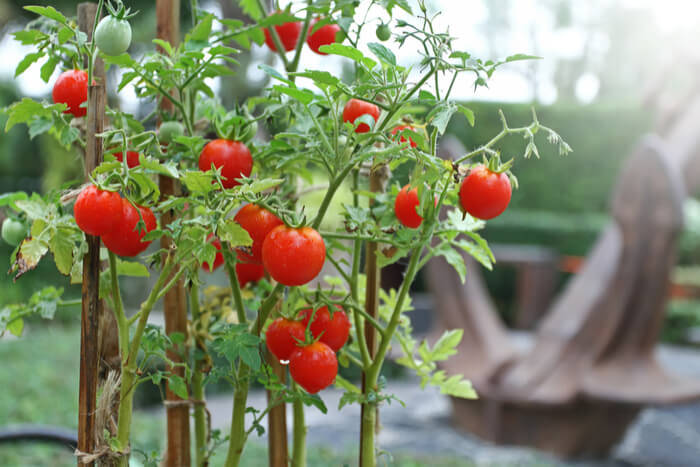
The following article is a comprehensive cheat sheet that includes everything you need to know about tomato growing. Use this as a reference for tips and tricks throughout the growing processes. If you do, we guarantee you will have ripe, plump, flavorful tomatoes!
14 Tips and Tricks for Tomato Growing
Here is a list everything you need to know about tomato growing.
#1. Choose the Right Variety
The first thing you need to know is how to choose the right variety of tomatoes for your garden. You have the option of choosing heirloom or hybrid seeds. The following are 9 of our favorite heirloom varieties:
- Hungarian Paste
- Yellow Pear
- Ace 55
- Amish Paste
- Green Zebra
- Golden King of Siberia
- Roma
- Abe Lincoln
- Farallones
Are you impatient? Is 80 days too long to wait? If so, you can find some types of tomatoes that will be ready in 60 days or less. Sound good? Check out this list of fast-growing varieties:
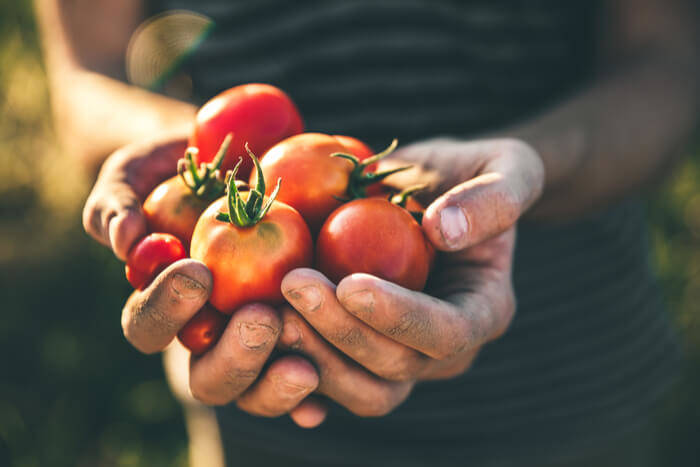
- Glacier
- Siberian
- Betalux
- Bloody Butcher
- Sungold
- Sungold Select
- Sub Arctic Plenty
A good way to guard against failure is by planting both heirloom and hybrid types. When deciding on seeds, look for information on harvest dates, disease resistance, and adaptation. It is preferable to buy tomato seeds local that have been specially chosen for your unique area.
#2. Indeterminate or Determinate?
The answer to this question will determine whether or not you will get the biggest, juiciest tomatoes possible. If you want your tomato plants to stop growing and instead focus their energy on producing fruit, you want the determinate variety.
Indeterminate means your plant has no set growth height. Although you may have tomato plants as high as 8 feet tall, you won’t be getting as much fruit production as you would with determinates. Find this info on the seed packet, and online if it isn’t listed on the back.
#3. Use Black Plastic
One of the best ways to keep weeds at bay is planting your seeds on top of black plastic. This discourages weeds from growing, creates a barrier, and helps with soil splashing. Another way to keep weed spores off your tomatoes is by stripping the lower leaves off to prevent hopping.
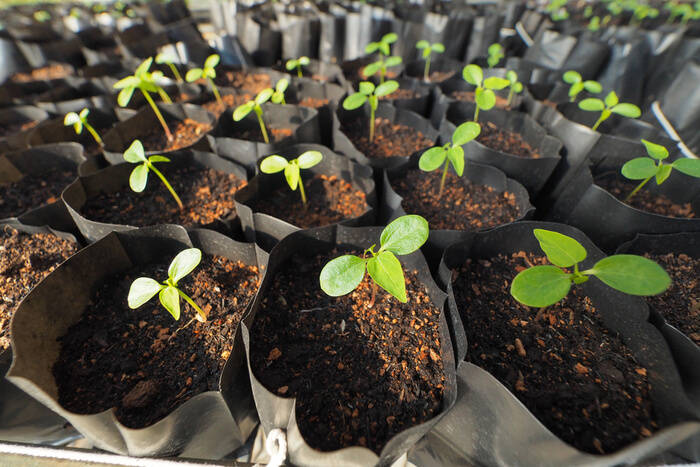
#4. Cage vs. Trellis
Some people buy tomato cages, some people like trellises. Contrary to popular belief, these two items are interchangeable. However, that just isn’t true. If you don’t want to prune, use a cage instead of staking. A trellis requires you to cut your plants back from a bush to vines regularly.
#5. Choose Your Cage Wisely
All tomatoes need good air circulation to decrease humidity. That’s why gardeners must choose their cages wisely. Many home improvement stores sell the teepee/tripod cages. Unfortunately, those increase humidity. Instead, opt for a rectangular shaped cage that keeps tomatoes apart.
#6. Plant at the Right Time
Unless you have a greenhouse, you want to time your planting wisely. If temperatures dip below 50 degrees, the night air is too cold to support healthy growth. Nighttime temperatures above 70 degrees are also not good for fruit production. Know your zone and plant at the right time!
#7. Start your Tomatoes
Although not everyone does this, you can start your tomatoes in seed trays. We recommend it, as plants have a better chance to live after they’ve began their growth. All you need are trays, a sunny window, and seed starting soil. Use a heating mat or light if necessary.
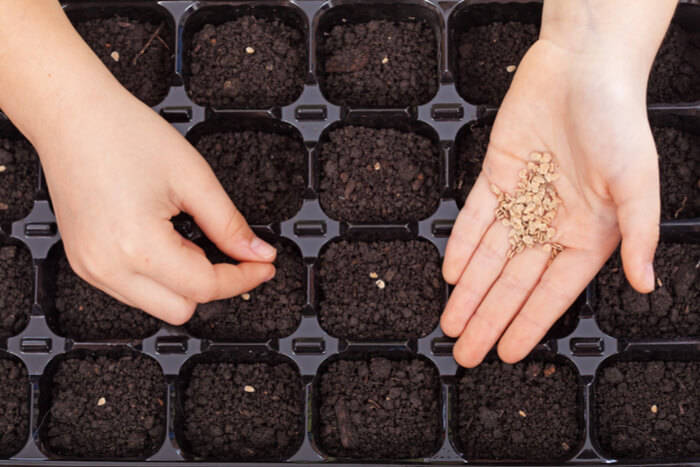
#8. Harden the Future Transplants
Most people skip this step, but it is extremely important to the future tomatoes. A few weeks before you want to plant the sprouts, you want to acclimate them. Set them out in a sheltered area so they get used to the elements in the outside world. They will thank you with less shock.
#9. Do Not Overcrowd
It is important to resist the urge to overcrowd. You may have more bushes, but the yield has a higher chance of disease and pest damage. This means digging holes between 20 and 25 inches apart. If you run out of room, try planting some around the wooden garage.
#10. Add to the Hole
After digging a sufficiently deep hole, there are a couple of things we recommend adding. The first is a handful of Epsom salts. The second is a handful of aged compost. It is best if you have homemade compost, but store-bought will do in a pinch.
#11. You Can Use Pots
Don’t let your lack of yard space get in the way of your love for tomatoes! If you live in an apartment that gets an area with full sun, you are in business! You still need to provide growth support, but remember to let the tomatoes breathe. That includes the use of pruning.
#12. Water the Right Way
If you don’t get weekly rainfall, you will need to do nature’s job. Just remember, when you water your tomatoes make sure to water them deeply. Additionally, do not water from the top! Instead, water around the base of the plants to decrease the chance of disease or insect infestation.
#13. Mulch No Matter What
Some people mulch once and are done. That is not the correct way to mulch, so will do nothing to stop weed growth. Instead, you must keep a solid 2-inch layer of mulch on top of the soil. Since the materials disintegrate, it is important to keep up.
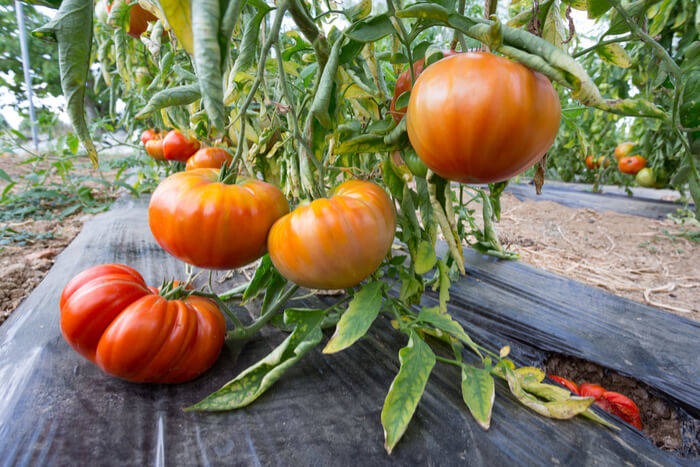
#14. Resist Late Blight
The best thing you can do is to buy blight resistant varieities. Other than that, rotating crops regularly can help. So can using organic copper sprays before you see any signs of blight. For an infected plant, pull it up and throw it in the trash!

